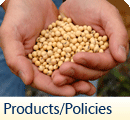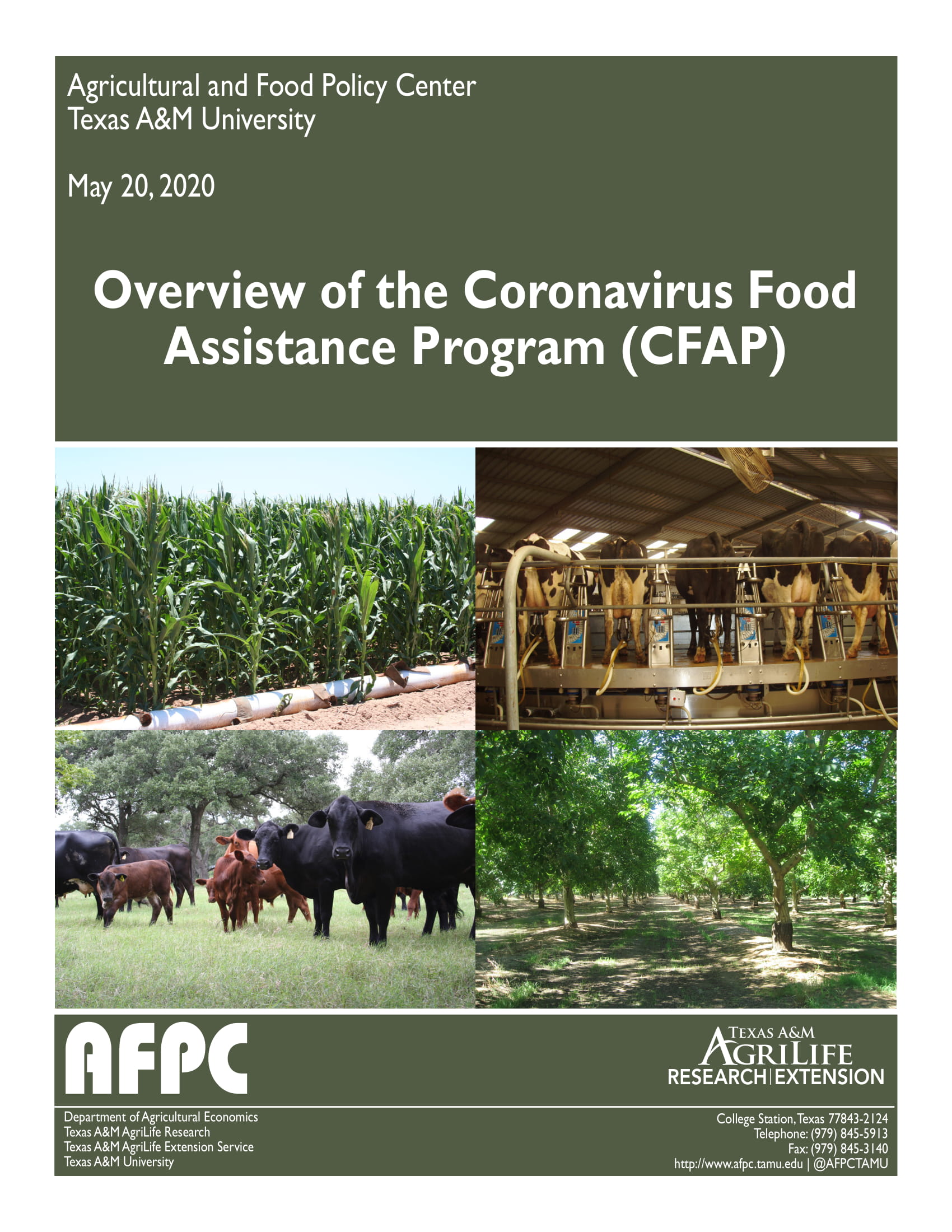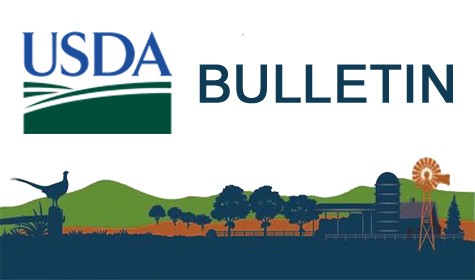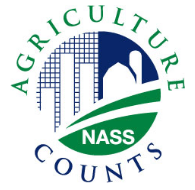|
Agri-Pulse Daybreak
Coronavirus Food Assistance Program - CFAP
Williamson Response to COVID-19 Pandemic
It is obvious that the COVID-19 pandemic will have more of an effect on our county, our state, our country and the world than most of us ever imagined. Our Governor and President have both taken dramatic steps to keep us as safe as possible. In order to follow their guidelines, Williamson Insurance Agency will take the following precautions through March 29 or longer if necessary.
We are trying to provide service with safety by implementing procedures that will follow the directions of our Governor and our President. Please implement their guidelines in your business and family.
May God be with us. Williamson Insurance Agency 2019 NASS YIELDS
2019 MFP Market Facilitation Payments
2019 MFP County Per Acre Payment Rate
USDA Announces Details of MFP 2 Package for Farmers, Ag Sector
Big boost in payment caps; higher than expected payout for some producers Further details of the $16 billion package aimed at supporting American agricultural producers while the Trump administration continues to work on “free, fair, and reciprocal trade deals” were announced today by USDA Secretary Sonny Perdue. Link to key payment rates, etc. In May, President Trump directed Secretary Perdue to craft a relief strategy in line with the estimated impacts of unjustified retaliatory tariffs on U.S. agricultural goods and other trade disruptions. The Market Facilitation Program (MFP), Food Purchase and Distribution Program (FPDP), and Agricultural Trade Promotion Program (ATP) will assist agricultural producers while President Trump works to address long-standing market access barriers. “China and other nations have not played by the rules for a long time, and President Trump is the first President to stand up to them and send a clear message that the United States will no longer tolerate unfair trade practices,” Secretary Perdue said. “The details we announced today ensure farmers will not stand alone in facing unjustified retaliatory tariffs while President Trump continues working to solidify better and stronger trade deals around the globe. “Our team at USDA reflected on what worked well and gathered feedback on last year’s program to make this one even stronger and more effective for farmers. Our farmers work hard, are the most productive in the world, and we aim to match their enthusiasm and patriotism as we support them,” Secretary Perdue added. Background: American farmers have dealt with unjustified retaliatory tariffs and decades of non-tariff trade disruptions, which have curtailed U.S. exports to China and other nations. Trade damages from such retaliation and market distortions have impacted a host of U.S. commodities. High tariffs disrupt normal marketing patterns, raising costs by forcing commodities to find new markets. Additionally, American goods shipped to China have been slowed from reaching market by unusually strict or cumbersome entry procedures, which affect the quality and marketability of perishable crops. These boost marketing costs and unfairly affect our producers. USDA is using a variety of programs to support American farmers, ranchers, and producers. Details of USDA’s Market Facilitation Program (MFP) MFP signup at local FSA offices will run from Monday, July 29 through Friday, December 6, 2019. Payments will be made by the Farm Service Agency (FSA) under the authority of the Commodity Credit Corporation (CCC) Charter Act to producers of alfalfa hay, barley, canola, corn, crambe, dried beans, dry peas, extra-long staple cotton, flaxseed, lentils, long grain and medium grain rice, millet, mustard seed, oats, peanuts, rapeseed, rye, safflower, sesame seed, small and large chickpeas, sorghum, soybeans, sunflower seed, temperate japonica rice, triticale, upland cotton, and wheat. MFP assistance for those non-specialty crops is based on a single county payment rate multiplied by a farm’s total plantings of MFP-eligible crops in aggregate in 2019. Those per-acre payments are not dependent on which of those crops are planted in 2019. A producer’s total payment-eligible plantings cannot exceed total 2018 plantings. County payment rates range from $15 to $150 per acre, depending on the impact of unjustified trade retaliation in that county. Dairy producers who were in business as of June 1, 2019, will receive a per hundredweight payment on production history, and hog producers will receive a payment based on the number of live hogs owned on a day selected by the producer between April 1 and May 15, 2019. MFP payments will also be made to producers of almonds, cranberries, cultivated ginseng, fresh grapes, fresh sweet cherries, hazelnuts, macadamia nuts, pecans, pistachios, and walnuts. Each specialty crop will receive a payment based on 2019 acres of fruit or nut bearing plants, or in the case of ginseng, based on harvested acres in 2019. Acreage of non-specialty crops and cover crops must be planted by August 1, 2019 to be considered eligible for MFP payments. The MFP rule and a related Notice of Funding Availability will be published in the Federal Register on July 29, 2019, when signup begins at local FSA offices. Per-acre non-specialty crop county payment rates, specialty crop payment rates, and livestock payment rates are all currently available on farmers.gov. MFP payments will be made in up-to three tranches, with the second and third tranches evaluated as market conditions and trade opportunities dictate. If conditions warrant, the second and third tranches will be made in November and early January, respectively. The first tranche will be comprised of the higher of either 50% of a producer’s calculated payment or $15 per acre, which may reduce potential payments to be made in tranches two or three. USDA will begin making first tranche payments in mid-to-late August. MFP payments are limited to a combined $250,000 for non-specialty crops per person or legal entity. MFP payments are also limited to a combined $250,000 for dairy and hog producers and a combined $250,000 for specialty crop producers. However, no applicant can receive more than $500,000. Eligible applicants must also have an average adjusted gross income (AGI) for tax years 2014, 2015, and 2016 of less than $900,000 or, 75% of the person’s or legal entity’s average AGI for tax years 2014, 2015, and 2016 must have been derived from farming and ranching. Applicants must also comply with the provisions of the Highly Erodible Land and Wetland Conservation regulations. Many producers were affected by natural disasters this spring, such as flooding, that kept them out of the field for extended periods of time. Producers who filed a prevented planting claim and planted an FSA-certified cover crop, with the potential to be harvested qualify for a $15 per acre payment. Acres that were never planted in 2019 are not eligible for an MFP payment. In June, HR 2157, the Additional Supplemental Appropriations for Disaster Relief Act of 2019 was signed into law by President Trump, requiring a change to the first round of MFP assistance provided in 2018. Producers previously deemed ineligible for MFP in 2018 because they had an average AGI level higher than $900,000 may now be eligible for 2018 MFP benefits. Those producers must be able to verify 75% or more of their average AGI was derived from farming and ranching to qualify. This supplemental MFP signup period will run parallel to the 2019 MFP signup, from July 29 through December 6, 2019. For more information on the MFP, visit www.farmers.gov/mfp or contact your local FSA office, which can be found atwww.farmers.gov. Details of USDA’s Food Purchase and Distribution Program (FPDP) Additionally, CCC Charter Act authority will be used to implement an up to $1.4 billion FPDP through the Agricultural Marketing Service (AMS) to purchase surplus commodities affected by trade retaliation such as fruits, vegetables, some processed foods, beef, pork, lamb, poultry, and milk for distribution by the Food and Nutrition Service (FNS) to food banks, schools, and other outlets serving low-income individuals.
*includes oranges, orange juice, grapefruit, lemons, and limes. ** includes tomato sauces, canned tomatoes, pasta, prepared cereals, soups/broths, and other products. Purchasing: AMS will buy affected products in four phases, starting after October 1, 2019 with deliveries beginning in January 2020. The products purchased can be adjusted between phases to accommodate changes due to: growing conditions; product availability; market conditions; trade negotiation status; and program capacity. AMS will purchase known commodities first. By purchasing in phases, procurements for commodities that have been sourced in the past can be purchased more quickly and included in the first phase. Vendor Outreach: To expand the AMS vendor pool and the ability to purchase new and existing products, AMS will ramp up its vendor outreach and registration efforts. AMS has also developed flyers on how the process works and how to become a vendor for distribution to industry groups and interested parties. Additionally, AMS will continue to host a series of free webinars describing the steps required to become a vendor. Stakeholders will have the opportunity to submit questions to be answered during the webinar. Recorded webinars are available to review by potential vendors, and staff will host periodic Question and Answer teleconferences to better explain the process. Product Specifications: AMS maintains purchase specifications for a variety of commodities, which ensure recipients receive the high-quality product they expect. AMS in collaboration with FNS regularly develops and revises specifications for new and enhanced products based on program requirements and requests. AMS will be prioritizing the development of those products impacted by unjustified retaliation. AMS will also work with industry groups to identify varieties and grades sold to China and other markets imposing retaliatory tariffs, such as premium apples, oranges, pears, and other products. AMS will develop or revise specifications to facilitate the purchase of these premium varieties in forms that meet the needs of FNS nutrition assistance programs. Outlets: The products discussed in this plan will be distributed to States for use in the network of food banks and food pantries that participate in The Emergency Feeding Assistance Program (TEFAP), elderly feeding programs such as the Commodity Supplemental Foods Program (CSFP), and tribes that operate the Food Distribution Program on Indian Reservations (FDPIR). These outlets are in addition to child nutrition programs such as the National School Lunch Program, which may also benefit from these purchases. Additionally, the rule provides flexibility for FNS to explore new channels of non-profit distribution of product, should the availability of distribution through traditional channels prove to be insufficient. FNS will offer products through traditional channels prior to consideration of new outlets. Distribution: AMS has coordinated with FNS, industry representatives, and other agency partners to determine necessary logistics for the purchase and distribution of each commodity, including trucking, inspection and audit requirements, and agency staffing. Details of USDA’s Agricultural Trade Promotion Program (ATP) USDA’s Foreign Agricultural Service (FAS) will administer the ATP under authorities of the CCC. The ATP will provide cost-share assistance to eligible U.S. organizations for activities such as consumer advertising, public relations, point-of-sale demonstrations, participation in trade fairs and exhibits, market research, and technical assistance. Last week, USDA awarded $100 million to 48 organizations through the ATP to help U.S. farmers and ranchers identify and access new export markets. The 48 recipients are among the cooperator organizations that applied for $200 million in ATP funds in 2018 that were awarded earlier this year. As part of a new round of support for farmers impacted by unjustified retaliation and trade disruption, those groups had the opportunity to be considered for additional support for their work to boost exports for U.S. agriculture, food, fish, and forestry products. Already, since the $200 million in assistance was announced in January, U.S. exporters have had significant success, including a trade mission to Pakistan that generated $10 million in projected 2019 sales of pulse crops, a new marketing program for Alaska seafood that led to more than $4 million in sales of salmon to Vietnam and Thailand, and a comprehensive marketing effort by the U.S. soybean industry that has increased exposure in more than 50 international markets. These funds will continue to generate sales and business for U.S. producers and exporters many times over as promotional activity continues for the next couple of years. The list of ATP funding recipients is available at: https://www.fas.usda.gov/atp-funding-allocations. 2018 NASS YIELDS
|
DecisionMaxx Login
We at Williamson Insurance are pleased to announce the 1st release of Decision Maxx. Decision Maxx is our on-line tool designed exclusively to aid you, our clients, analyze: crop insurance, inputs, market prices, and market positions and it's affect on your bottom line. Contact your agent to help set up your FREE account. Williamson Insurance is committed to your success.
Like Us On Facebook
Market Overview
Quotes are delayed, as of August 20, 2025, 03:12:29 AM CDT or prior.
Local Weather
Interactive Radar
Commentary
Hogs Close Mostly Lower on Tuesday -
Lean hog futures were mixed at the Tuesday close, with nearby October up a tick and other contracts down as much as 50 cents. USDA’s national base Cotton Falls Back on Tuesday -Cotton futures posted Tuesday losses of 14 to 25 points on the Tuesday session. The outside markets added some pressure, as US dollar index was up Cattle Pull off Midday Highs to Close Mixed -Live cattle futures rounded out the Tuesday session with contracts down 40 to 17 cents higher. Cash trade has been quiet and mostly compiling Soybeans Losses Hold into Tuesday’s Close -Soybean futures eased off the Tuesday lows, but still closed with 6 to 8 cent losses. The cmdtyView national average Cash Bean price was down 7 3/4 Wheat Breaches Below $5 at Tuesday’s Close -The wheat complex fell lower on Tuesday across all three markets. CBT soft red wheat futures were 3 to 4 1/4 cents lower on the day. KC HRW futures Corn Posts Tuesday Losses as Crop Tour Pushes Along -Corn futures closed out the Tuesday session with contracts down 3 to 4 cents, as the market tries to digest some of the current boots on the ground Full commentary...CRB News
InsideFutures
|
|||||||||||||||||||||||||||||||||||||||||||
|
Market Snapshot
Quotes are delayed, as of August 20, 2025, 03:12:29 AM CDT or prior.
|
||||||||||||||||||||||||||||||||||||||||||||











